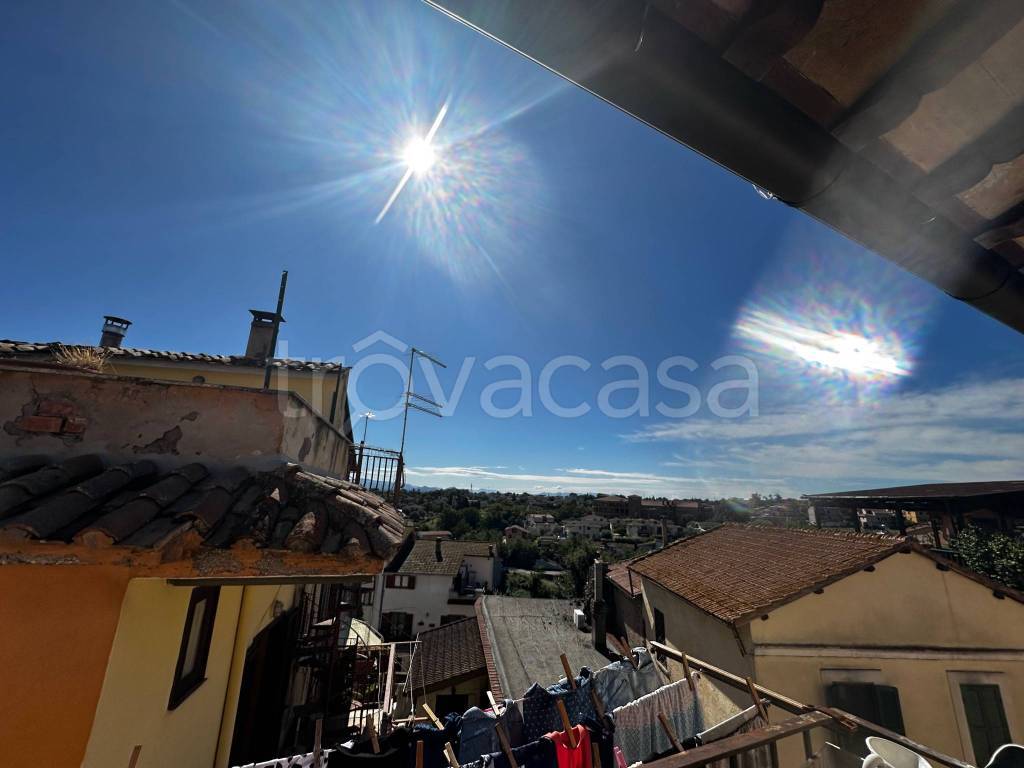Descrizione
No agenzie! - La comodità di avere tutti i servizi raggiungibili a piedi in 5/10 minuti!!! All'ombra del castello Ducale palazzetto cielo terra composto da salone con ampio camino, sala da pranzo, cucina abitabile e balcone. Al secondo piano sul disimpegno si affacciano camera, cameretta, un bagno con doccia e la stanza padronale dotata di bagno interno e disimpegno per cabina armadio. I soffitti del primo piano sono in pianelle di cotto e travi di legno, il pavimento in parquet. Il secondo ingresso permette di accedere dal piano strada, ex cantina di 45mq (dotata di bagno) collegata al resto della proprietà da scala interna. Una grande botola di legno permette di accedere alla grotta che in epoca medievale collegava l'edificio al castello. Completa la proprietà il locale caldaia/legnaia. Termoautonomo, dotato di condizionatori.
Description of the building
At the ground floor is the first access, from the street, which opens to a spacious (45mq) and airy basement with a restroom and a wooden manhole that leads to a cave once connected to the castel during the Middle Ages.
A wrought iron spiral staircase connects the basement to the first floor where the main entrance is located; here you'll find a wide living room, with its unique fireplace dated around the 15th century, a dining room, a kitchen and a small balcony.
At the second floor is the sleeping area with its 2 bedrooms, a bathroom with a shower and the master bedroom which includes a private bathroom (complete with a bathtube), a walk-in closet and another small balcony.
The wooden structure of the rooftop is visible from the inside and the floor finishing is a wooden parquet.
To complete the property, a tecnical room is located under the main entrance staircase, accessible from the street level and now used as boiler-room and woodshed.
Fiano Romano strategical position, being one of the most important junctions of the Italian highways network
So many ancient populations left their traces on Fiano Romano’s territory ( Latin, Sabelli, Etruscan, Romans) as well as some of the most distinguished families of the Italian Renaissance (Orsini, Colonna, Ottoboni).
Nowadays all these influences can be found in the olden hamlet dominated by the Orsini castle, or in the nearby archeological sites of Lucus Feroniae, Villa dei Volusii and Porto Fluvia della valle del Tevere.
Its strategical position is confirmed until today, being one of the most important junctions of the Italian highways network; located exactly between Naples and Florence, it is also close to less famous but well valued cities such as Viterbo, Rieti or Anguillara Sabazia.
Rome is just 35 minutes away by car, but alternatively it can be reached by bus or taking the regional train that will comfortably bring you to the main connection points of the city such as Metro stations or even Universities, Museums and other places of inter
Caratteristiche
- Tipologia:
- Intero Stabile
- Contratto:
- Vendita
- Comune:
- Fiano Romano
- Indirizzo:
- Via Pescheria, 34
- Codice annuncio:
- TC64412000
- Riferimento:
- 89410051
- Prezzo:
- 269.000 €
- Superficie:
- 230 m²
- Numero locali:
- 6
- Numero bagni:
- 3
- Classe energetica:
- non disponibile
Mappa
Fiano Romano - Via Pescheria, 34
 Accedi
Accedi
 Accedi
Accedi
























